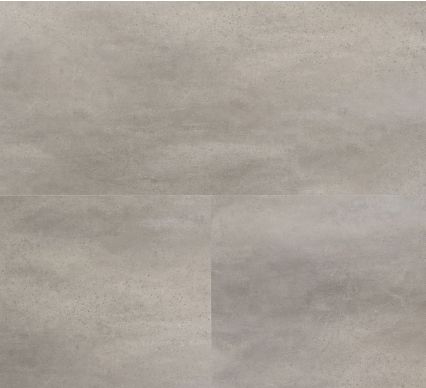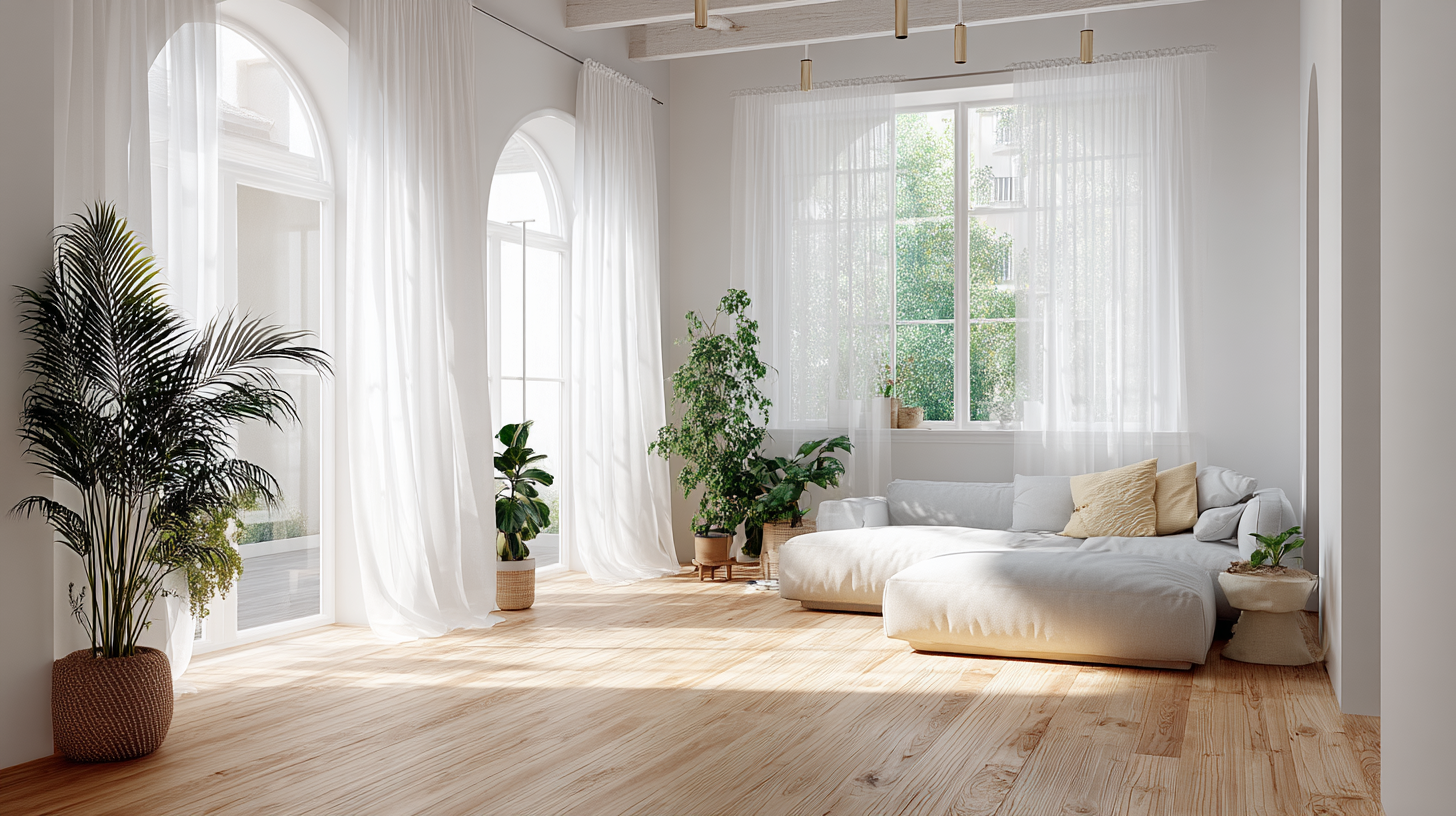In recent years, the world of flooring has undergone a real revolution, with the rise of innovative solutions that combine modern design, maximum durability and installation flexibility. One intriguing trend that is gaining momentum is the use of parquet in the form of tiles —a groundbreaking concept that combines the warm look of wood with the practicality and aesthetics of tiles.
Design that redefines space
The transition from traditional parquet to a tile format stems from the desire to create spaces with clean, elegant lines, while maintaining the natural warmth of wood. Unlike the long parquet planks that we are familiar with from classic floor coverings, parquet tiles come in compact sizes and allow for unusual patterns.
Interior designers and architects have begun to embrace the new trend and incorporate it into diverse projects—from modern residences to luxurious workspaces. A key advantage of the square or hexagonal format is the ability to create spectacular geometric compositions , such as a fishbone pattern, checkered design, or even asymmetrical combinations that give the space a dynamic and sophisticated character.
The advantages that distinguish tile parquet from traditional parquet
Besides the innovative appearance, parquet in the form of tiles has significant functional advantages :
✅ Ease of installation – Thanks to its compact dimensions, the tiles are easier to lay and adjust, allowing combinations with other materials such as concrete or marble.
✅ High durability – Many of the models come with advanced coatings that make the surface resistant to scratches, moisture, and abrasion.
✅ Easy maintenance – Tile flooring is considered easier to clean and renew, especially when it comes to individual modules that can be replaced in the event of wear or damage.
✅ Adaptability to different spaces – While regular parquet is mainly suitable for large, continuous spaces, tiled parquet also fits well in small, complex areas, such as hallways, kitchens, and bathrooms.
Nordic design enthusiasts will find the new parquet an ideal solution for creating a monochromatic space with an interesting twist. On the other hand, those who prefer an industrial style can combine the tiles with exposed materials such as polished concrete or brick walls.
Some architects choose to incorporate parquet in the form of tiles on walls and ceilings as well, to add texture and warmth to the overall design of the home. Such a combination gives depth to the space and creates a unique visual effect, which contrasts with the uniform impression provided by classic parquet boards.
As the trend gains momentum, leading flooring companies are already developing innovative materials and smart solutions that further expand the boundaries of what is possible. The next generation of tile flooring is expected to include digital technologies that will allow for changing colors and patterns via a dedicated app.
Additionally, there is an increasing demand for eco-friendly and recycled flooring, made from natural materials and without the use of harmful chemicals. This trend naturally fits in with the design world's shift towards a greener, more environmentally conscious direction.
Parquet in the form of tiles marks the next stage in the world of flooring, with an unprecedented combination of design flexibility, practicality and aesthetics . If in the past we were used to seeing parquet in a linear appearance only, today it is possible to create rich compositions from it that correspond to the hottest trends in the world of architecture and design.
It seems that this trend is here to stay, and the day is not far off when we will see more and more domestic and commercial spaces boasting innovative parquet floors that are much more than flooring—but a true work of art.









